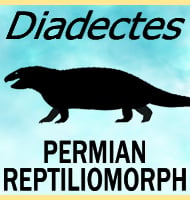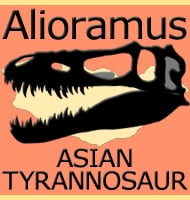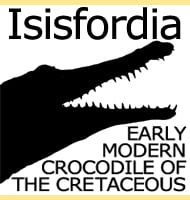In Depth
When remains of Shantungosaurus were first found they were found in a bone bed of at least five individual dinosaurs. Though none of these were of a complete skeleton, composites of incorporating the bones of more than one individual have been assembled with the largest producing a hadrosaurid dinosaur just over sixteen and a half meters long, possibly weighing up to sixteen tonnes. To put this in perspective, this currently makes Shantungosaurus the largest known hadrosaurid dinosaur, even larger than other well-known large hadrosaurs such as Edmontosaurus and Magnapaulia. Edmontosaurus in particular is actually considered to be a very close relative of Shantungosaurus with the two genera sharing many features.
Shantungosaurus is also considered to be the largest ornithischian (bird hipped) dinosaur, and when compared to the saurischian (lizard hipped) dinosaurs, probably the largest non-sauropod dinosaur to boot. Other rivals to this claim such as Spinosaurus which has an upper length estimate slightly longer than Shantungosaurus, though possibly not as heavy. Usually weight is the determining factor when deciding which animal is the bigger.
Despite the immense size, Shantungosaurus seems to have lived just like other hadrosaurs. There is no distinct crest on top of the skull which confirms the identification of Shantungosaurus as a saurolophine hadrosaurid. Shantungosaurus does however possess a large nasal opening, raising the consideration that an enlarged growth of soft tissue may have been present in living examples. At the back of the mouth one and a half thousand small teeth processed plant matter so it was mashed to a pulp for efficient digesting.
The obvious question concerning Shantungosaurus is why did it grow so big? The short answer is we just don’t know, though certain groups of animals often display a trend where successive genera get larger and larger, especially when driven by survival factors such as a changing climate or the appearance of larger and more dangerous predators. What we can say is that Shantungosaurus is not the only unusually large dinosaur to be found in late Cretaceous Asia with another example being Gigantoraptor, a particularly large oviraptorid dinosaur.
Further Reading
- [A new hadrosaur from the Cretaceous of Chucheng, Shantung], C.-C. Hu - 1973. - Zhuchengosaurus maximus from Shandong Province, X. Zhao, D. Li, G. Han, H. Hao, F. Liu, L. Li and X. Fang - 2007. - Systematics, behavior and living environment of Shantungosaurus giganteus (Dinosauria: Hadrosauridae), Y. Ji, X. Wang, Y. Liu & Q. Ji - 2011. – Comparative osteology and phylogenetic relationship of Edmontosaurus and Shantungosaurus (Dinosauria: Hadrosauridae) from the Upper Cretaceous of North America and East Asia. – Acta Geologica Sinica-English Edition. 88 (6): 1623–1652. – Hai Xing, Xijin Zhao, Kebai Wang, Dunjing Li, Shuqing Chen, Jordan C. Mallon, Yanxia Zhang & Xing Xu – 2014.










